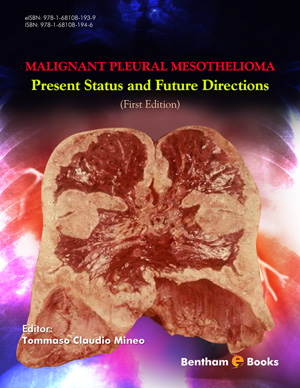Abstract
Scholars differ about the date when mesothelioma was discovered as a discrete disease. There is dispute also about when a causal association between mesothelioma and exposure to asbestos dust was established. On balance it appears that the 1960s was the crucial decade in both respects. This was long after asbestos became a mineral of commercial significance in the 1870s. It was also long after the unequivocal discovery, in 1930, that inhalation of asbestos dust could cause the fatal disease of asbestosis. Suggestions of an association between asbestos and mesothelioma emerged in South Africa in the 1950s and by the mid-1960s a causal connection was widely accepted. Protective measures were put in place in the United Kingdom, USA and elsewhere. From the 1970s regulations were progressively tightened. Partial or total bans were enacted and in the west asbestos use declined markedly. But for various reasons mesothelioma remained a significant killer. In America, but not Europe, the peak of the epidemic may have passed in the 1990s. The position is very different in those parts of the world where asbestos is still mined and used but lack of data renders calculation and prediction impossible. Finally, it is noted that mesothelioma may occur in individuals with no exposure to asbestos.
Keywords: Asbestos, canada, china, christopher sleggs, chrysotile, crocidolite, donald hunter, edward merewether, health and safety executive, irving j. selikoff, J.C. Wagner, new york academy of sciences, occupational safety and health administration, paul marchand, richard doll, russia, south africa, william cooke.






















